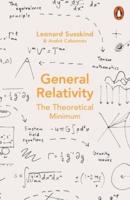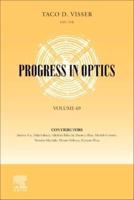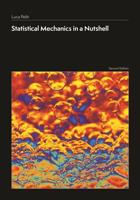Publisher's Synopsis
Excerpt from The Production of Elliptic Interferences in Relation to Interferometry, Vol. 3
The accompanying report contains a variety of investigations made at widely different times, but in all of which the displacement interferometer was used as a basis of measurement. It is thus a continuation of the work in the Carnegie Publications No. 149, 1911 and 1912.
In Chapter XII; the distance apart of the doublet interference patterns, obtained with plates of doubly-refracting crystals, is used for computing the corresponding ordinary and extraordinary indices of refraction of these crystals, in the case of light traveling through them in different directions. As quartz gives particularly beautiful and well-placed images, measure ments were made in greatest number by means of it, though other bodies were also studied. It is an essential feature of the method that the center of ellipses is never lost, but may be brought back into coincidence with the fiducial sodium line of the spectrum by the proportionate displacement of the mirror on the micrometer. Hence plates of glass or crystal of any thickness, or indeed columns of any length, are available for measurement. These wide limits of application are peculiarly favorable to certain accurate measurements. For instance, if a glass column 1 meter long is inserted, and the micrometer reads to but -4 centimeter, y - 1 (where u is the index of refraction) would be measurable to one part in a million. The method should therefore be useful to answer refined questions in refraction.
About the Publisher
Forgotten Books publishes hundreds of thousands of rare and classic books. Find more at www.forgottenbooks.com
This book is a reproduction of an important historical work. Forgotten Books uses state-of-the-art technology to digitally reconstruct the work, preserving the original format whilst repairing imperfections present in the aged copy. In rare cases, an imperfection in the original, such as a blemish or missing page, may be replicated in our edition. We do, however, repair the vast majority of imperfections successfully; any imperfections that remain are intentionally left to preserve the state of such historical works.










